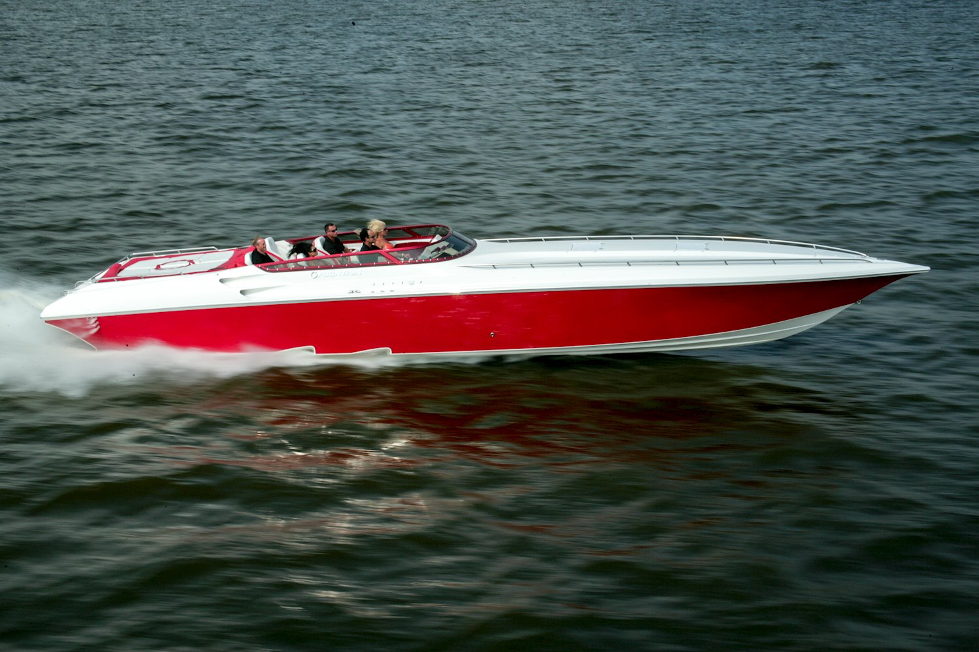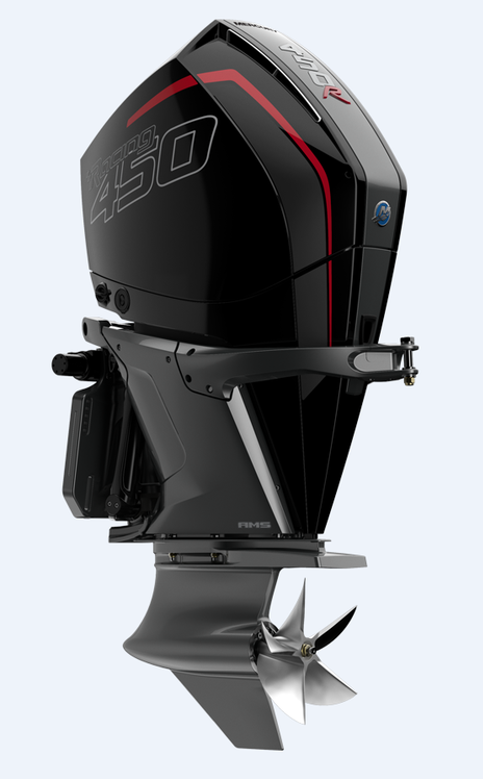Understanding Throttle Response
When driving a powerboat, a captain focuses on using the steering wheel and the throttles as the two main controls, with other equipment like tabs and drive/outboard trim being set up and then left alone. The steering is straightforward, but the throttle is the vital component in controlling a fast boat. Not only does it make the boat go faster or slower, the throttle can give instant control of the trim.
Engine Response
It is easy for a captain to ignore what he’s doing when using the throttles but at the other end of the system is the engine or engines and it is their response to throttle adjustments that matters. It would be easy to think that moving the throttles produces an instant response from the engines. It helps to get a quick response because the reaction time is important to being able to make progress in waves. When considering response times, there is the actual time that it takes for a driver to react to changes to the waves and to make the throttle movements. But there is also the time it takes for the engine and propulsion system to respond. Most of the delays can occur in this latter area and a driver needs to comprehend how an engine reacts to understand how to drive the boat.
The quickness of the response will depend a great deal on the type of engine. Gasoline engines tend to have a quicker response because the internal components of the engine can be lighter and have less inertia. Diesels tend to have a slower response because the internal components are heavier. This response time is getting better with many modern diesel engines due in part to the introduction of common-rail injection systems and because the engines are built with lighter components and tend to run at higher rpm. Regardless of the fuel, a small lightweight engine will always have a quicker response than a bigger heavier engine because it takes more time for the heavier components in the bigger engine to accelerate.
Probably the fastest response will come from outboard engines where the engine components tend to be smaller. With these high-revving engines the response will be almost immediate, but an operator needs to know where in the rpm range the engine makes peak power. On high-performance engines, the power and response sometimes comes in the last 1000 rpm of the range and this can make it difficult for driving the boat if the conditions force it to run at lower speeds. Throttle movement is limited to this last few rpm, which makes it difficult to get sensitive control because the engine will tend to be on or off power rather than a steady increase or decrease of the throttle.
Gasoline engines tend to have a more limited power range for throttle response. Generally, the more powerful the engine, the slower the response and with big diesels, the response can be quite slow. The slower response of diesel engines is balanced by the better low-end torque that should produce a reasonable response throughout the rpm range.
The diesel engines that might be in a fast 50-footer will have such a slow response that a driver will not find it prudent to try to trim the boat using the throttles. The captain will have to find a comfortable speed for the conditions and leave the throttles alone. Any diesel larger than 500 hp will have a relatively slow response that won’t let an operator control the ride in waves by using the throttle.
Other Factors
Modern diesel engines that use electronic management will likely have an even slower response. The electronic control module lets the engine manufacturer control and possibly slow throttle response under the guise of helping reduce stress on the engine. A slower throttle response can also reduce fuel consumption which could also reduce emissions. It is complex area and engine manufacturers tend to focus on durability and reliability rather than a fast response.
When looking at response time, the driver should consider the location of the throttle levers. We’ve seen plenty of badly designed and located throttles that aren’t in comfortable reach. That might work with a slow displacement boat but not on a faster planing boat. Then also consider that the section of the throttle’s arc used for high-speed control is the one on the fore or far side of the lever so a driver is reaching over the throttle to operate it which can prevent sensitive control. The ‘ahead’ section of the throttle movement is the one that matters at sea and it should be more or less in the upright position to get maximum sensitivity in the throttle operation but it is surprising how few boat builders recognize this. Once again if we turn to raceboats, the shift and throttle levers are separate to allow sensitive operation.
The propulsion system can also affect the response time because that is what transmits the engine power to the water. With a small fast-turning propeller the response to throttle instructions will be faster than with a larger slower-turning wheel. There are many factors that affect response time and even the weight of the boat can come into the equation. Don’t expect any exciting responses in any boat longer than 40 feet unless it is specifically designed for high performance.


